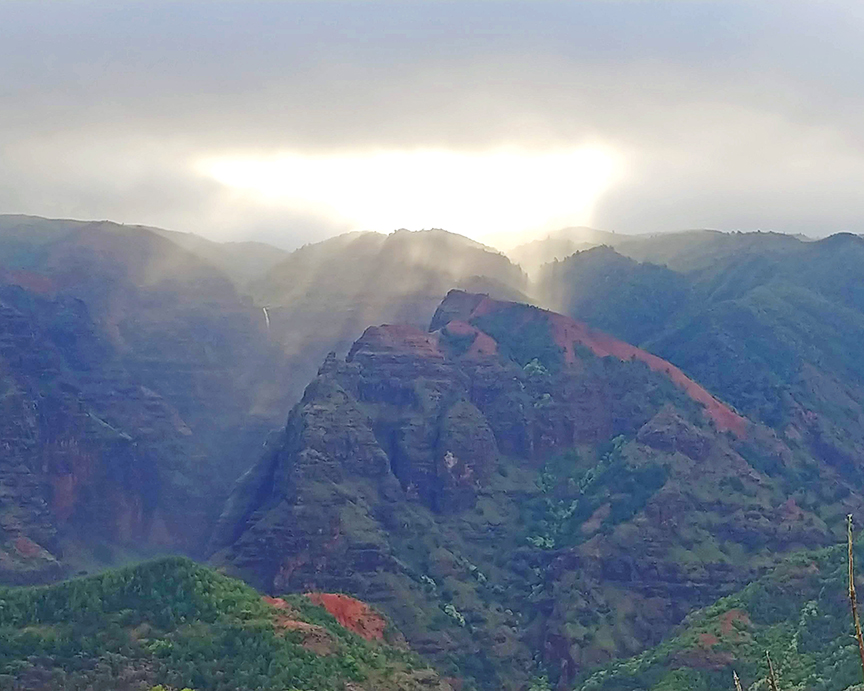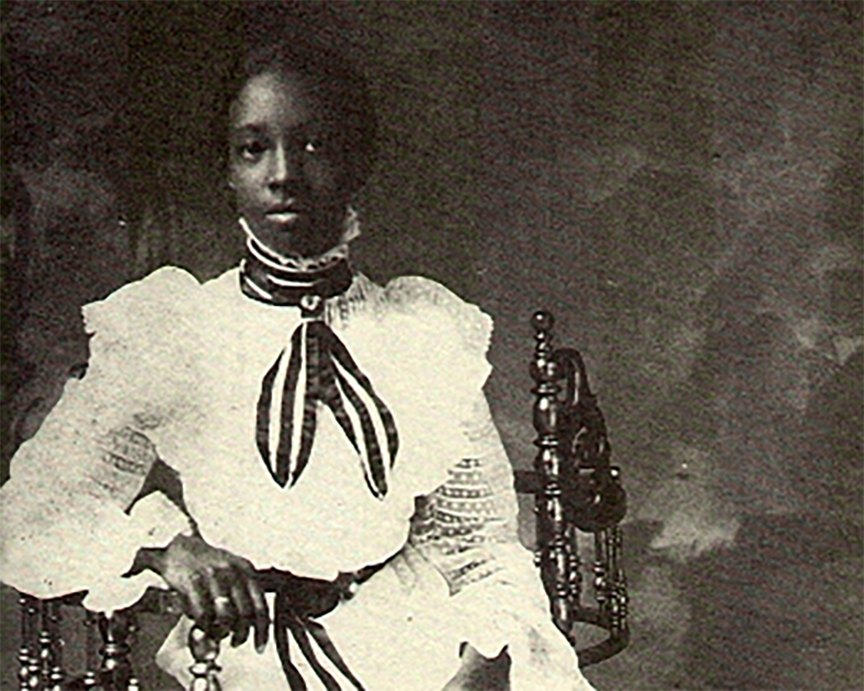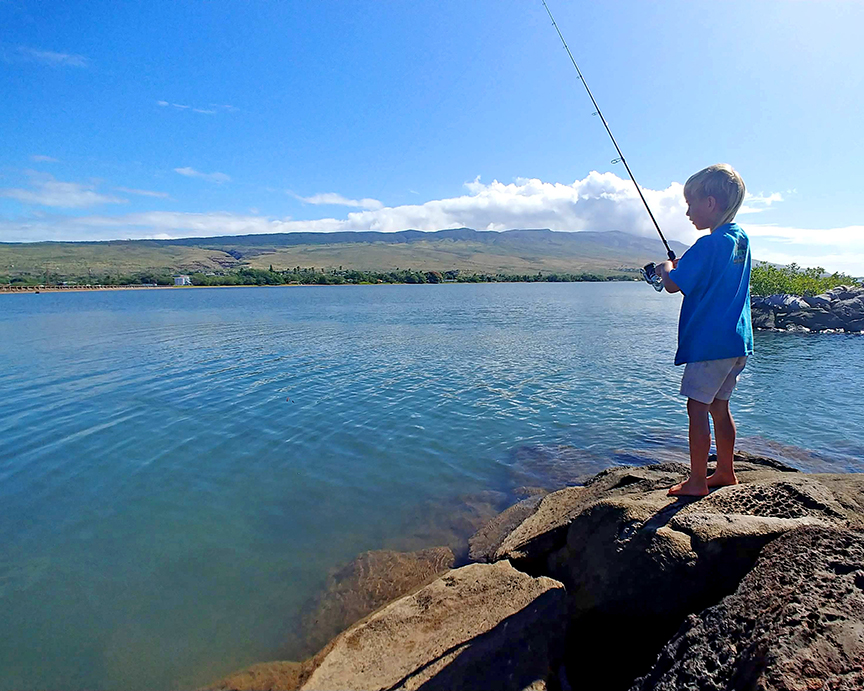By Jan TenBruggencate
Farming, in a way, is resource protection.
When you’re growing food, you don’t need to go out and harvest wild resources.
Nearly every human culture has figured that out, and early Hawai‘i was among the most agriculturally sophisticated of stone age cultures.
Hawaiians managed resources in every part of the island chain, from the ocean onto the lowlands and up into the high mountains.
Hawaiian fishponds allowed the early residents to introduce young herbivorous fish like awa (milkfish) and ‘ama‘ama (mullet) into captivity. Carnivorous fish like papio (jack) and kaku (barracuda), which would normally feed on the young fish, were removed.
The result was dramatically increased food production, and less need to draw from wild stocks. And it developed into a system unique in Polynesia.
“Nowhere else in Polynesia was true aquaculture developed and nowhere else in the Pacific did fishponds exist in the types and numbers found in prehistoric Hawai‘i,” says a report on Hawaiian agriculture by the National Park Service, A Cultural History of Three Traditional Hawaiian Sites on the West Coast of Hawai‘i Island.
There is a tradition that koa trees — valued as the hulls of sturdy outrigger canoes — tended to grow bushy rather than straight on Kaua`i. To provide trees with trunks suitable for canoe hulls, early chiefs established a grove of managed koa in Koke`e, where the trees were pruned to force them to grow straight.
A managed koa forest had the additional benefit of reducing environmental damage caused by crews dragging trees from remote parts of the natural forest.
But between the koa forests and the sea was one of the most remarkable examples of resource management in ancient Hawai‘i — the field system. Its extent across the landscape is still being uncovered. A recent advance in imaging technology revealed a broad agricultural field system upslope from South Point on the Big Island.
These systems existed on several of the islands, and in total, they covered thousands of acres in Kona, Kohala, Kalaupapa, Koloa and elsewhere. Most were unirrigated, although the remarkable system at Koloa brought Waikomo Stream water to otherwise baking lava fields.
The fields grew ‘uala (sweet potato), ko (sugar cane), mai‘a (banana), ‘ulu (breadfruit) and other crops.
Many of the field systems had extensive systems of earthen walls, on which sugar cane might be grown to provide a windbreak, and to reduce moisture loss from the sweet potato leaves.
The sweet potatoes fed both people and pigs, and the abundance created by this system transformed Hawaiian culture.
In his paper, Structure and Growth of the Leeward Kohala Field System, archaeologist Tom Dye wrote, “The sweet potatoes grown in the leeward Kohala field system supported development of pig herds reckoned by members of Captain Cook’s crew as the largest they had encountered in the Pacific. In the late 18th century, the pig herds of the leeward Kohala field system were managed as wealth-assets by a line of ali‘i based on leeward Hawai’i Island, whose rise to power was financed partially by this wealth.”
- Jan TenBruggencate is a Kaua‘i based writer and communications consultant.
Discover more from ForKauaiOnline
Subscribe to get the latest posts sent to your email.







Leave a Reply